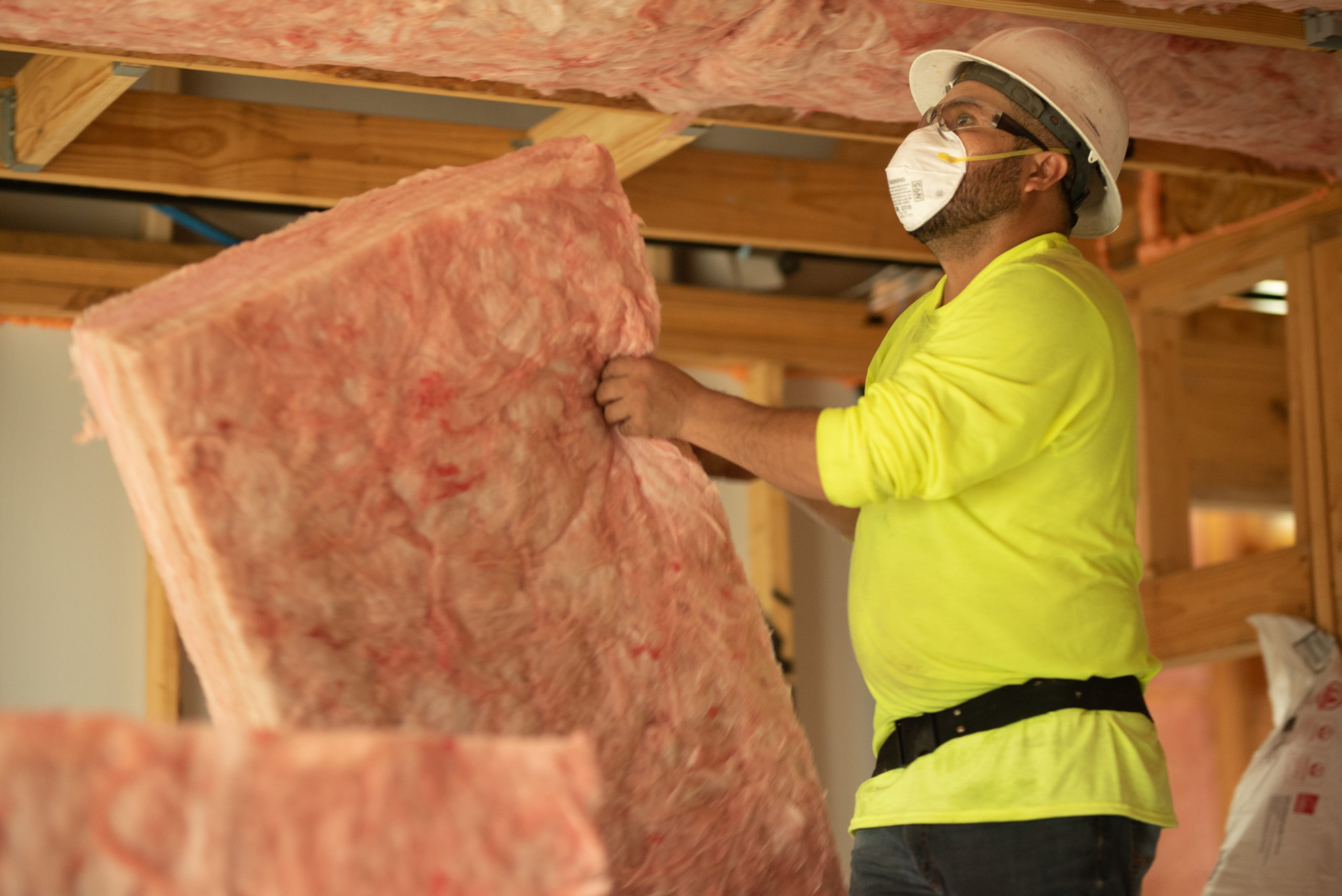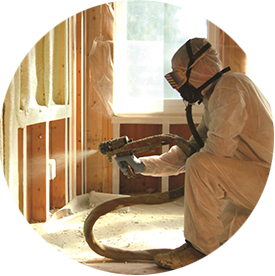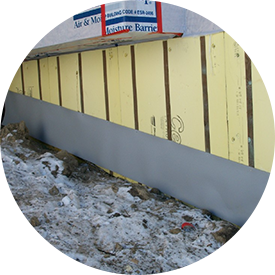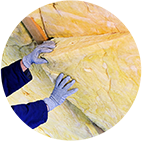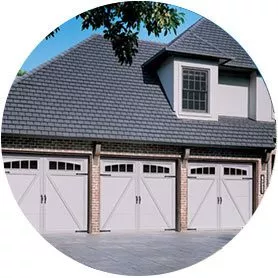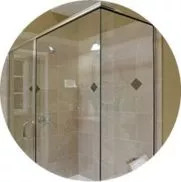What is the R-value of insulation and is it important? The short answer is yes, but our blog post will go into much more detail!
If you’re trying to figure out how much insulation your home needs, the R-value is extremely important. Put simply, the R in R-value stands for resistance, and it basically measures an insulation material’s heat resistance.
What is R-Value and Why is it Important for Your Minneapolis Home?
R-value is a measurement of a material’s resistance to the flow of heat, with higher numbers representing greater resistance. When there is a difference in temperature between two areas, heat naturally flows from the warm area to the cooler area, attempting to reach equilibrium or a stable state.
In the winter, this means that the heat in your home attempts to travel outside. By adding more insulation, you slow down that heat transfer process and waste less energy trying to keep your home warm. This results in lower utility costs.
In the summer, the hot air from outside tries to heat the interior of your home. Quality insulation in the floors, walls and especially the attic can help to slow the warming of your home, keeping cooling costs as low as possible.
The R-Value of Common Insulation Materials
Each type of insulation offers different R-values and performance characteristics, making it suitable for certain applications over others. Here are the R-values of the most common types of insulation:
- Blown-in fiberglass – Blown loosely into attics or tightly into walls, blown-in fiberglass is ideal for existing homes that need extra insulation. It takes minimal remodeling to install and offers an R-value of 2.2 to 4.3 per inch, depending on how tightly it is packed.
- Fiberglass batts – Installed before the finished surfaces, fiberglass batts fit snugly between wall studs, floor joists or ceiling rafters to provide good insulation and air sealing performance. Typical fiberglass batts have an R-value of between 3.1 and 3.4 per inch.
- Spray foam – Applied as a liquid, spray foam expands to fill the space between framing members, as well as any voids or cavities. It is best for new construction, providing superior insulation and air sealing performance, but it can be added during an extensive remodel, as well. Typical spray foam installations offer an R-value of between 3.5 and 3.6 for open-cell spray foam and between 6.0 and 6.5 for closed-cell spray foam.
- Cellulose – Cellulose insulation is blown into walls and ceilings, providing extra insulation without extensive remodeling. It offers excellent insulation and air sealing performance, with an R-value of 3.2 to 3.9, depending on how tightly it is packed during installation.
At Metro Home Insulation, we can explain how to calculate R-value for your St. Paul home and provide professional installation of your insulation. Contact us today to get started.
How Is Insulation R-Value Calculated?
Let’s start with an example: solid wood has an R-value of 1. An R-value is also calculated per inch of width. Therefore, a three-inch-thick board has an R-value of 3. Blown fiberglass installed in the attic has an R-value of 2.2 per inch, so 12 inches of it would give you an R-value of 26.4 in your attic installation project.
Insulation professionals will be able to tell you how much insulation you need, based on:
- What region you live in (see the map below)
- What type of HVAC systems you have
- The size of your home
- Where you need to insulate
- And more
One of the most important aspects is where you live.
What Are Recommended R-Values for the Minneapolis-St. Paul Area?
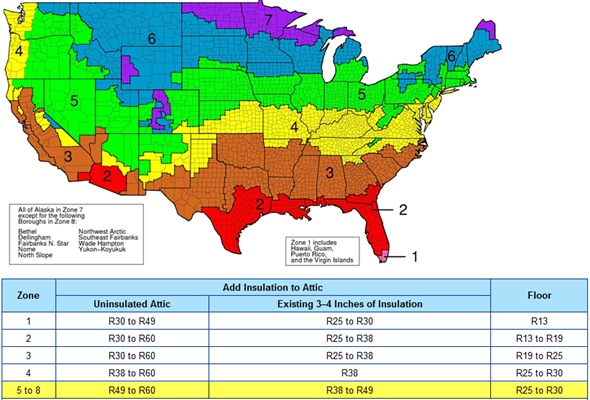
Source: energystar.gov
Here in the Twin Cities area in Minnesota, we are in Zone 6. In uninsulated attic spaces, the target R-value is R49 to R60, R38 to R49 for attics with some insulation. For floors, the ideal R-value is R25 to R30.
Of course, it’s important to talk to your insulation company about specifics. They’ll be able to determine how much insulation you need and recommend solutions for your unique situation and any special cases.
Related to R-value and how much insulation you need, professionals will help you determine where you need to insulate (attic, walls or crawl space) and what type of insulation to install. Your options are:
This is a lot of information, but don’t worry—you won’t be on your own. An insulation company will be able to help you with all your needs and explain R-value, the right amount of insulation for your home and more!
Home Insulation Services in Minneapolis & Surrounding Areas
The R-Value shouldn’t be the only determining factor. How old your home is, its location and building materials also play an important role when it comes to choosing the right insulation. Cost and the inhabitants of the home may be another factor in your decision-making. Whatever the type of installation you need, the insulation contractors at Metro Home Insulation can help. As part of the IBP family of companies, we offer the resources and expertise that few local companies can match.
Contact us to learn more about our services or if you’re ready to start your project!

